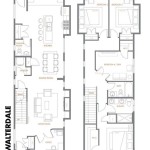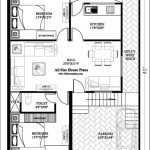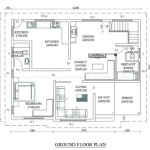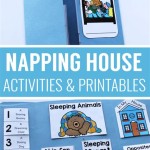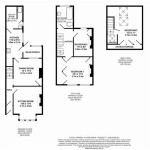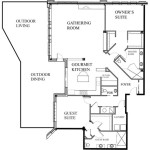Plans to Build a Tiny House on Wheels
Building a tiny house on wheels can be both an exciting and rewarding experience. However, it is essential to start with a well-thought-out plan to ensure a successful outcome.
Here are some key aspects to consider when creating plans for your tiny house on wheels:
1. Determine Your Needs
Start by defining the purpose of your tiny house and how you plan to use it. Will it be primarily for living in, or will it be used as a vacation home or recreational space? Understanding your specific needs will help you determine the size, layout, and design of the house.
2. Choose a Trailer Frame
The trailer frame will form the foundation of your tiny house. It is crucial to select a frame that can support the weight of the house and withstand the rigors of travel. Common trailer frame options include utility trailers, flatbed trailers, and purpose-built tiny house trailers.
3. Design the Floor Plan
The floor plan is the blueprint for the interior space of your tiny house. It is essential to optimize space and ensure that the layout is functional and practical. Consider the placement of windows, doors, furniture, and built-in storage areas.
4. Plan the Electrical System
The electrical system will power all the appliances and devices in your tiny house. It is important to plan the wiring, panel, and outlets carefully to ensure safe and efficient operation. Consider the power source (solar, battery, or grid connection) and the load requirements of your appliances.
5. Plan the Plumbing System
The plumbing system will provide water for your sinks, shower, and toilet. It is essential to plan the water tank, pump, and pipes to ensure a reliable supply of water. Consider the location of the bathroom and the need for hot water.
6. Choose Building Materials
The materials you choose for the exterior and interior of your tiny house will impact its durability, insulation, and overall appearance. Common materials include wood, metal, and composite panels. Consider the weight of the materials and their suitability for tiny house construction.
7. Plan for Lighting and Ventilation
Adequate lighting and ventilation are essential for a comfortable and healthy living environment in your tiny house. Plan for a combination of natural and artificial lighting, as well as ventilation systems to circulate air and prevent moisture buildup.
8. Consider Legal and Regulatory Requirements
Building codes and regulations may vary depending on the location where you plan to build your tiny house. It is essential to research and comply with all applicable regulations to ensure the safety and legality of the structure.
9. Set a Realistic Budget
Building a tiny house on wheels can be a significant financial undertaking. Determine a realistic budget that considers the cost of materials, labor, and permits. Be prepared for unexpected expenses and have a contingency fund in place.
10. Seek Professional Guidance
If you are new to construction or have limited experience with tiny house building, it is advisable to seek professional guidance from an architect or contractor. They can provide valuable expertise and help ensure the structural integrity and safety of your tiny house.

Design A Tiny House On Wheels Tips And Tools For Diyers

Tiny House Floor Plans 32 Long Home On Wheels Design Trailer

Free Tumbleweed Diy Tiny House Plans Houses

27 Adorable Free Tiny House Floor Plans Craft Mart

The Top Tiny House Plans For A Diy In 2024

224 Sq Ft Tiny House On Wheels By Living Homes Small Diy

Tiny House Floor Plans 32 Long Home On Wheels Design
:max_bytes(150000):strip_icc()/ana-tiny-house-58f8eb933df78ca1597b7980.jpg?strip=all)
4 Free Diy Plans For Building A Tiny House

Blueprints For Small Mobile Homes And Travel Trailers Tiny House Blog

Tiny House Construction Plans Fred S Houses And Trailers
Related Posts

